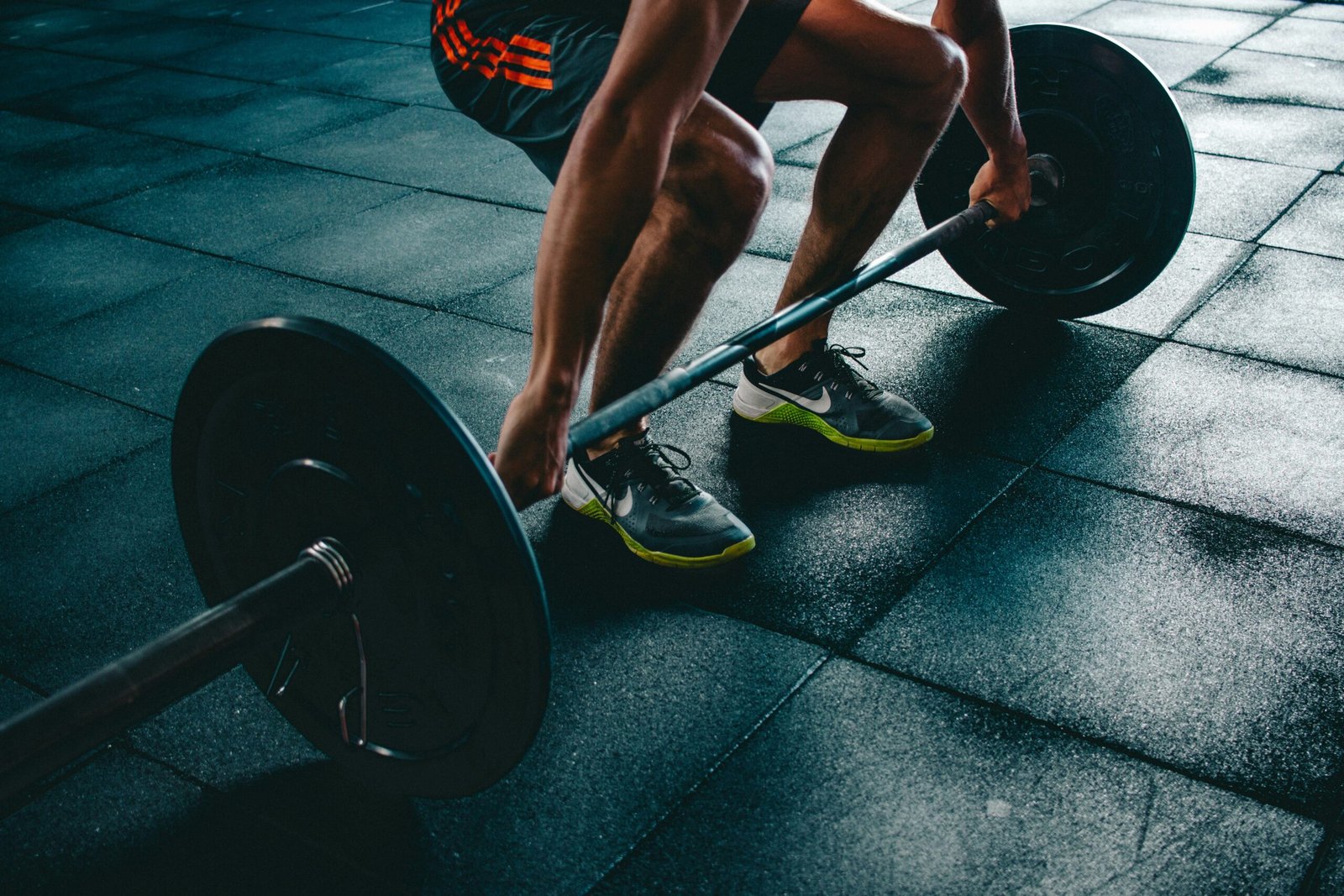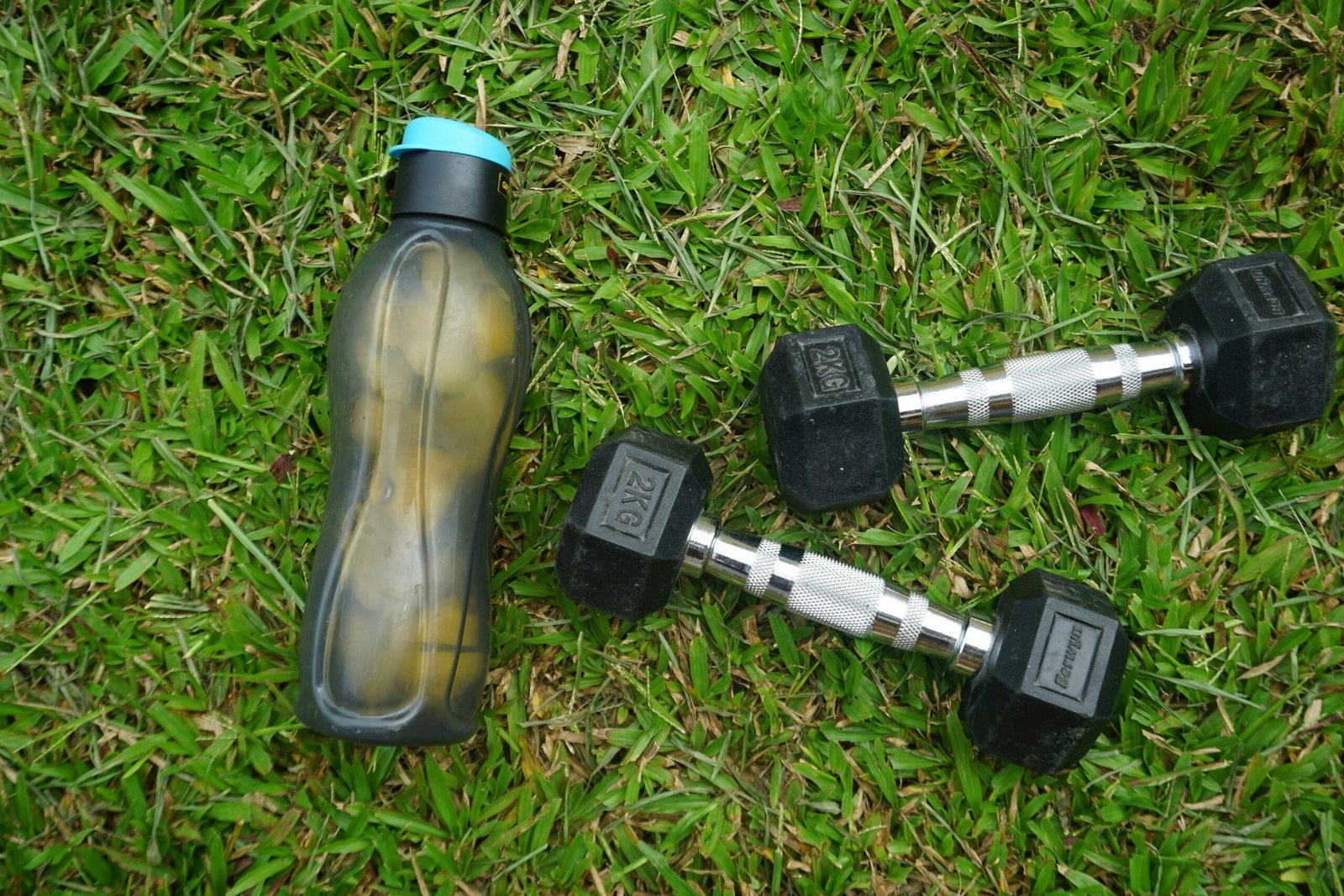Understanding Postpartum Recovery
The postpartum period refers to the phase following childbirth, extending from delivery to approximately six weeks, although its effects can last much longer. This transitional stage is crucial as it encompasses significant physical, hormonal, and emotional changes that affect a mother’s well-being. Understanding postpartum recovery is essential for new mothers, as it forms the foundation for their health and adaptability to motherhood.
Immediately after childbirth, a woman’s body undergoes a series of transformations to return to its pre-pregnancy state. Hormonal shifts cause changes in the uterus, which contracts to its normal size, while other physiological adaptations support breastfeeding and nurturing the newborn. Notably, postpartum blood loss and the healing of perineal tears or cesarean sections require time and care. Acknowledging these changes is vital for mothers to set realistic recovery goals and avoid taking on undue stress or expectations.
Moreover, the psychological aspects of postpartum recovery merit equal attention. Many new mothers experience emotional fluctuations, including feelings of joy, anxiety, or even postpartum depression. These emotions can significantly impact recovery, making it essential for mothers to engage in self-care practices and seek support from loved ones or professionals when needed. Understanding the interplay between emotional wellness and physical recovery can enhance overall healing and promote a balanced approach to returning to one’s regular lifestyle.
In essence, postpartum recovery is a complex process encompassing physical healing, emotional stability, and the establishment of realistic expectations. By recognizing the multifaceted nature of this period, mothers can better navigate their journeys and set a course for successful recovery while cultivating a supportive environment around them.
The Importance of Pelvic Stability
Pelvic stability is a key element in the postpartum recovery process, particularly for mothers who have recently given birth. The pelvic floor muscles play a crucial role in supporting the pelvic organs, maintaining bladder and bowel control, and promoting core stability. During pregnancy, these muscles endure significant changes as they accommodate the growing fetus, often leading to weakened structures that require targeted attention after childbirth.
In essence, pregnancy and childbirth place extraordinary stress on the pelvic floor. Hormonal shifts increase the laxity of ligaments surrounding the pelvis, while the physical strain of delivery can cause muscle tears or nerve damage. Consequently, it is essential that postpartum mothers prioritize the rehabilitation of these muscles to ensure a solid foundation for further physical activity. Enhancing pelvic stability not only aids in recovery but also decreases the risk of experiencing complications such as urinary incontinence or pelvic pain.
To restore pelvic stability effectively, specific exercises should be incorporated into the postpartum fitness routine. One of the most recommended approaches is pelvic floor rehabilitation, which often involves exercises such as Kegels. This exercise can be done by tightening the pelvic floor muscles, holding the contraction for several seconds, and then releasing it. Gradually increasing the duration and repetitions can lead to significant improvements in muscle strength and coordination. Additionally, integrating movements that promote core engagement, such as bridges and modified squats, can further enhance stability.
Moreover, practicing mindful activities like yoga or Pilates can facilitate improved body awareness, thereby aiding in the proper activation of the pelvic floor. Focusing on breath control and alignment during such exercises can optimize the effectiveness of pelvic floor strengthening, making it an essential precursor to more demanding workouts. By focusing on pelvic stability, postpartum mothers can lay the groundwork necessary for a comprehensive recovery journey.
Core Muscle Recovery: The Foundation of Postpartum Fitness
Core muscle recovery is a critical component of postpartum fitness, laying a strong foundation for overall body stability and strength. The core is composed of several muscles, including the rectus abdominis, transverse abdominis, internal and external obliques, and pelvic floor muscles. Together, these muscles provide support for the spine and are essential for movements involving bending, twisting, and lifting. During pregnancy, these muscles stretch and may become weakened due to the increased physical demands and hormonal changes. As a result, effective core recovery is crucial for mothers seeking to regain their figure and prevent injuries.
The significance of regaining core strength extends beyond aesthetics. A strong core enhances posture, improves balance, and supports daily activities, making it vital for postpartum mothers who are re-adjusting to their physical capabilities. Furthermore, strengthening the core can alleviate common postpartum issues such as back pain, pelvic discomfort, and urinary incontinence, all of which can hinder a mother’s ability to care for her newborn effectively.
To embark on a core recovery journey, it is essential to adopt a structured approach. Begin with gentle exercises focused on engagement of the pelvic floor and deep abdominal muscles. For instance, pelvic tilts and deep breathing exercises help in reactivating these core muscles without placing undue strain on the body. As strength improves, one can progress to more challenging activities such as modified planks and side-lying leg lifts. It is imperative to listen to one’s body and consult with a healthcare provider before beginning any exercise routine, particularly postpartum.
Gradually incorporating flexibility and strength training will further enhance core recovery, ensuring a balanced workout regimen. By prioritizing core muscle recovery, postpartum mothers can achieve not only their fitness goals but also foster long-term health and well-being. This proactive approach establishes a foundation that supports both physical and emotional resilience in the postpartum period.
Avoiding Common Mistakes in Postpartum Fitness
Regaining one’s figure after childbirth is a journey that requires a careful approach to fitness, particularly for postpartum mothers. It is essential to recognize and avoid common mistakes that may hinder recovery and health. Many postpartum women often feel pressured to return to their pre-pregnancy bodies rapidly, leading them to jump into high-intensity workouts too soon. This can not only increase the risk of injury but may also exacerbate physical issues stemming from pregnancy, such as diastasis recti or pelvic floor dysfunction. Instead, mothers should focus on gradually reintroducing physical activity, starting with low-impact exercises and progressively increasing intensity as their bodies adapt.
Another common pitfall is neglecting pelvic floor recovery. During pregnancy and childbirth, the pelvic floor undergoes significant strain, which can lead to complications if not properly addressed. Many women mistakenly assume that traditional abdominal exercises will suffice in restoring strength, overlooking the critical importance of pelvic floor rehabilitation. Incorporating exercises that specifically target the pelvic floor, such as Kegels or guided pelvic floor physical therapy, can provide essential support and avoid long-term complications related to incontinence or pelvic discomfort.
Additionally, having unrealistic expectations about the timeline for achieving fitness goals can lead to disappointment and frustration. Social media often presents an idealized version of postpartum recovery, creating pressure that may not align with individual experiences. It is crucial for mothers to set achievable goals based on their unique bodies and circumstances. Focusing on progress rather than perfection, and celebrating small victories along the way, can foster a more positive approach to physical fitness post-birth.
By being mindful of these common mistakes, postpartum mothers can navigate the path to regaining their figure with greater confidence and knowledge, ultimately leading to a healthier and more sustainable recovery process.
The Role of Nutrition in Postpartum Recovery
Nutrition plays a paramount role in the postpartum recovery process. For new mothers, the period following childbirth is crucial not only for physical healing but also for emotional well-being and energy restoration. A well-balanced diet can significantly impact recovery by providing the necessary nutrients to support healing, boost immunity, and enhance energy levels. Adequate intake of vitamins, minerals, proteins, carbohydrates, and healthy fats is essential during this time, as they facilitate the body’s recovery processes and help mothers adapt to their new roles.
During the postpartum phase, it is particularly important to focus on nutrient-dense foods rather than empty-calorie options. Foods rich in fiber, such as fruits, vegetables, and whole grains, not only support digestive health but also help manage weight effectively. Incorporating lean proteins, such as chicken, fish, beans, and legumes, can promote muscle recovery and help with tissue regeneration. Healthy fats from sources like avocados, nuts, and olive oil can aid in hormone regulation and provide sustained energy.
Meal planning can be an effective strategy for new mothers striving to maintain proper nutrition amidst the demands of childcare. Preparing meals in advance, opting for batch cooking, and utilizing simple, quick recipes can minimize the time spent on cooking while ensuring that healthy options are readily available. It can also be beneficial to enlist the support of family and friends for meal preparation or to consider nutrition-focused services that deliver prepared meals tailored to postpartum dietary needs.
In essence, a committed focus on nutrition during the postpartum period can facilitate a smoother recovery, enhance energy levels, and contribute to overall well-being. Understanding which foods are most beneficial and developing a manageable meal planning system can empower new mothers on their journey to regaining their figure while prioritizing their health and the well-being of their newborns.
Incorporating Gradual Training Approaches
Postpartum recovery is a crucial phase for mothers looking to regain their figure while prioritizing their health and well-being. A gradual training approach is particularly beneficial, as it allows for a personalized exercise plan that takes into account the unique physical and emotional challenges faced by new mothers. This method emphasizes the importance of listening to one’s body, adapting workouts to individual needs, and progressively increasing exercise intensity over time.
Initially, focusing on gentle movements can aid recovery, such as walking or low-impact exercises. These activities help build cardiovascular endurance and facilitate the body’s natural healing processes. It is essential to start slowly, especially if the mother has experienced complications during childbirth. This approach reduces the risk of injury and encourages sustainable exercise habits that can last beyond the postpartum period.
As strength and fitness improve, the exercise routine can evolve to incorporate more challenging workouts. Gradual progression not only enhances physical abilities but also boosts confidence in one’s capacity to engage in fitness activities. Incorporating exercises that strengthen the core, pelvic floor, and major muscle groups is pivotal in supporting a mother’s body as it adapts to new demands.
Moreover, this approach requires regular reflection on one’s physical and emotional state. Recognizing signs of fatigue or discomfort is essential to modify workouts accordingly. A gradual training plan provides flexibility to adapt based on energy levels and recovery progress. This individualized framework ensures that postpartum mothers remain motivated, set realistic goals, and ultimately achieve a balanced regimen that enhances their postpartum wellness without overwhelming the body.
Mindfulness and Mental Health During Recovery
Postpartum recovery is often accompanied by a myriad of emotional challenges, varying from mood swings to feelings of anxiety. Addressing these mental health aspects is crucial for new mothers aiming to regain their shape and overall well-being after childbirth. Mindfulness practices have emerged as a powerful tool to help navigate these emotional difficulties in a constructive manner. By cultivating awareness and focusing on the present moment, mothers can mitigate stress and foster a healthier mindset during this pivotal time.
Meditation, a cornerstone of mindfulness, offers numerous benefits for emotional resilience. Just a few minutes a day spent in quiet reflection can lead to reduced anxiety levels and an enhanced capacity to cope with stressors unique to postpartum life. Research suggests that regular meditation can help generate a sense of calmness, enabling mothers to face overwhelming situations with a balanced perspective. Incorporating this practice into the daily routine can create a foundation for better mental health, which is vital in the journey to physical recovery.
Breathing exercises serve as another effective mindfulness technique that can alleviate feelings of tension and unease. Simple exercises, such as focusing on deep, intentional breaths, can have an immediate calming effect. By practicing these techniques, mothers can return to a state of emotional equilibrium, which is essential for not only their personal well-being but also for their interactions with their newborns and families.
Additionally, fostering self-compassion plays a significant role in postpartum recovery. New mothers often hold themselves to unrealistic standards, which can lead to feelings of guilt or inadequacy. Embracing self-compassion allows mothers to acknowledge their struggles without harsh judgment. This mindset creates a supportive environment in which they can acknowledge their efforts and embrace the unpredictability of motherhood. In the context of regaining one’s figure, this approach becomes an essential aspect of fostering long-term emotional and physical health during the recovery phase.
Tracking Progress: Setting Realistic Goals
After childbirth, postpartum mothers often embark on a journey to regain their pre-pregnancy figure, which is both a physically and emotionally challenging endeavor. One effective strategy in this recovery process is to set realistic and achievable fitness goals. Establishing well-defined goals helps create a sense of direction and purpose, enabling mothers to track their progress and maintain motivation throughout their postpartum journey.
It is crucial for mothers to set specific, measurable, attainable, relevant, and time-bound (SMART) goals to enhance the chances of success. For instance, instead of aiming to lose a specific amount of weight within a short timeframe, mothers could set a goal to incorporate a certain amount of physical activity each week, gradually increasing intensity. This approach not only promotes physical health but also encourages a sustainable lifestyle change over time.
Tracking progress is vital in maintaining motivation and accountability. Utilizing tools such as fitness apps, journals, or even simple checklist methods can help mothers visualize their achievements over time. Documenting daily or weekly activities, dietary changes, and emotional responses can serve as a comprehensive record of progress, reminding mothers of their journey and encouraging them to celebrate small victories along the way. Recognizing individual milestones—such as completing a certain number of workouts, increasing exercise duration, or feeling more energetic—can greatly boost morale and reinforce commitment to one’s fitness goals.
As recovery progresses, it is essential to stay flexible and adjust goals accordingly. Individual circumstances may change, and adapting goals to align with evolving needs can help prevent discouragement. Ultimately, tracking progress through realistic goal setting facilitates a balanced approach to postpartum recovery, allowing mothers to reclaim their figures in a healthy and nurturing manner.
Conclusion: Embracing Your Journey to Regain Figure
Regaining your figure after pregnancy is a multifaceted journey that is deeply personal and unique for each mother. Throughout this blog post, we have explored various scientific steps and strategies to assist postpartum mothers in avoiding common pitfalls during this recovery phase. It is vital to remember that every individual’s body responds differently to changes, and patience is paramount as one navigates the path towards restoring their pre-pregnancy shape.
Prioritizing a balanced approach combining nutrition, exercise, and mental well-being is essential in achieving sustainable results. Adopting realistic expectations and engaging in gradual fitness initiatives can prevent feelings of frustration and disappointment. Incorporating professional insights from healthcare providers can significantly enhance this process, allowing you to tailor your recovery plan effectively to align with your unique circumstances. As you engage with experts, consider their recommendations as guidance rather than rigid rules, allowing your body to inform you of its own pace, needs, and capabilities.
Furthermore, the emotional terrain of this journey cannot be underestimated. Acknowledging the psychological effects of postpartum changes helps in fostering a compassionate relationship with yourself. Engage in self-care practices that resonate with you, whether that means participating in support groups, consulting mental health professionals, or simply taking moments for reflection and relaxation. Embracing this recovery phase can ultimately lead to a positive framework that supports not only physical health but also emotional resilience.
In conclusion, regaining your figure post-pregnancy is not solely about physical transformation; it embodies a transformative journey of self-discovery and growth. Celebrate every small achievement along the way and remember that this is a time for nurturing both body and mind, as you honor the beautiful experience of motherhood.




